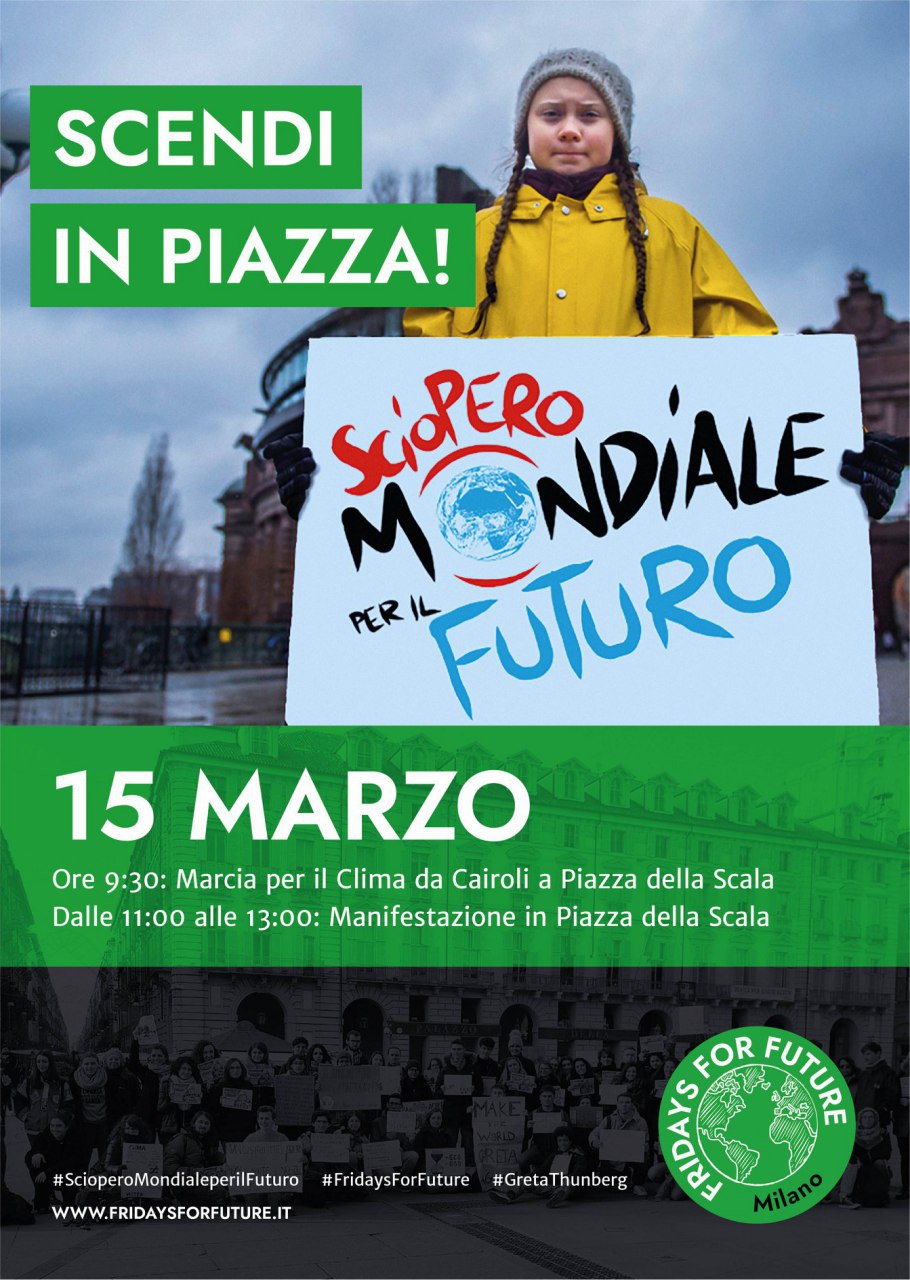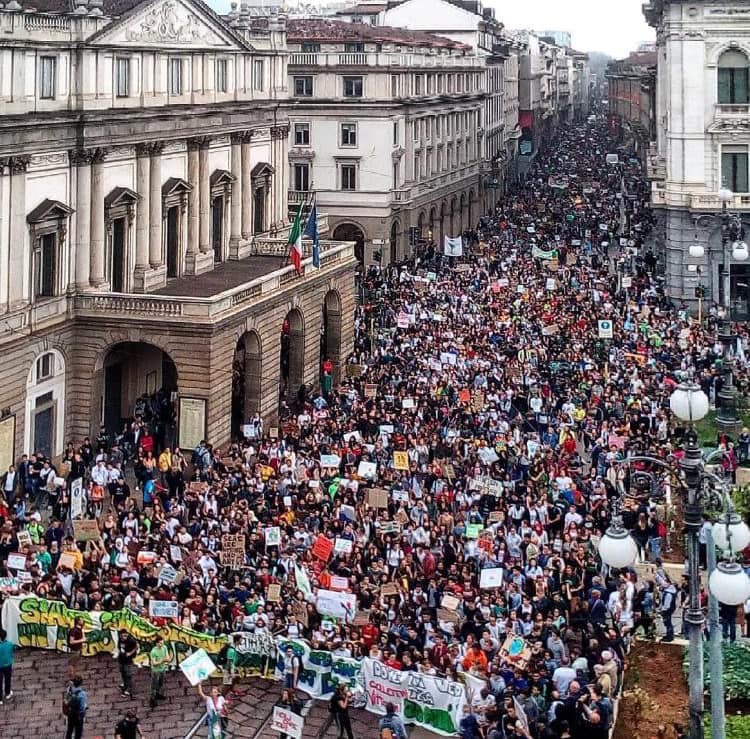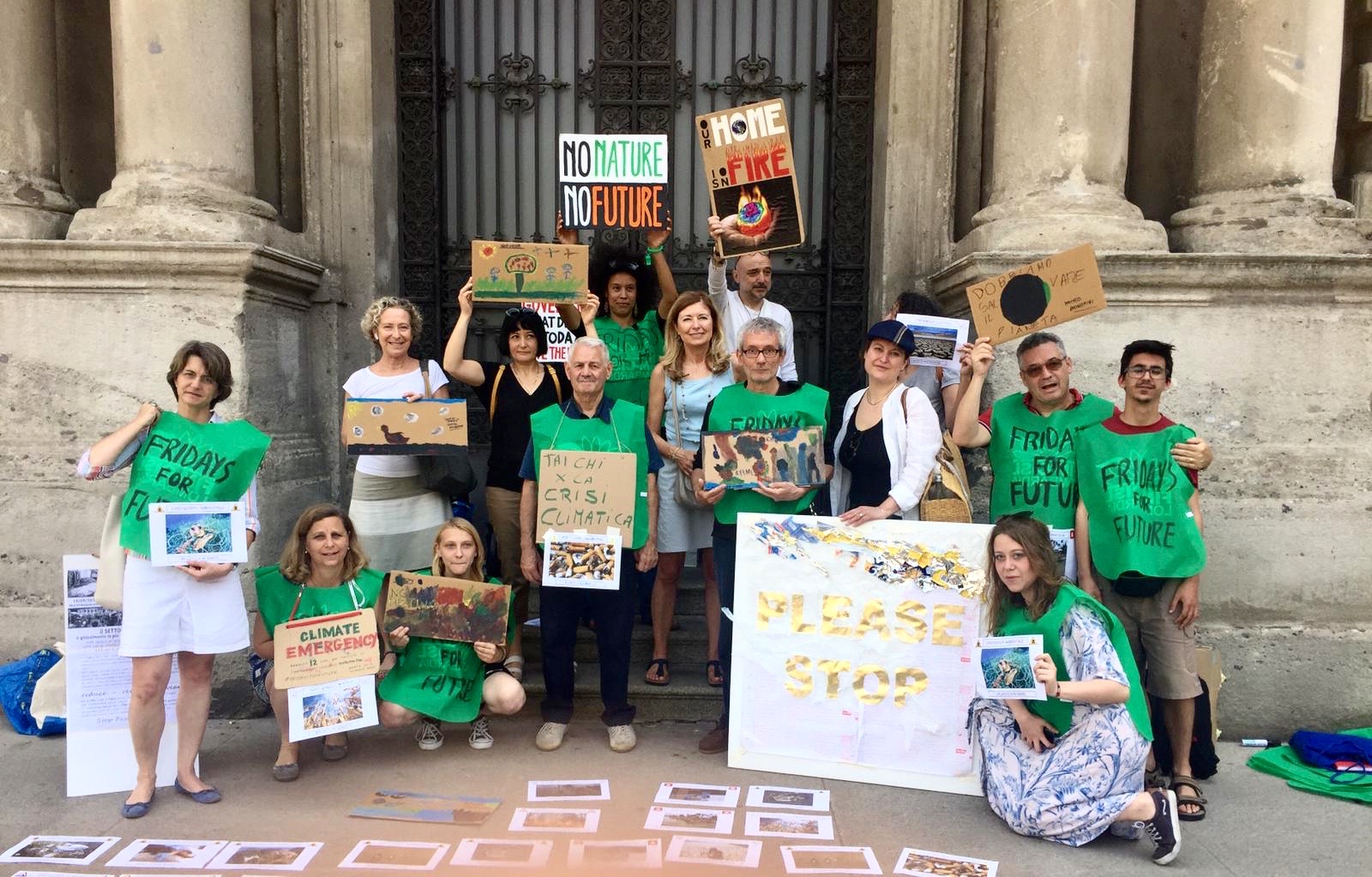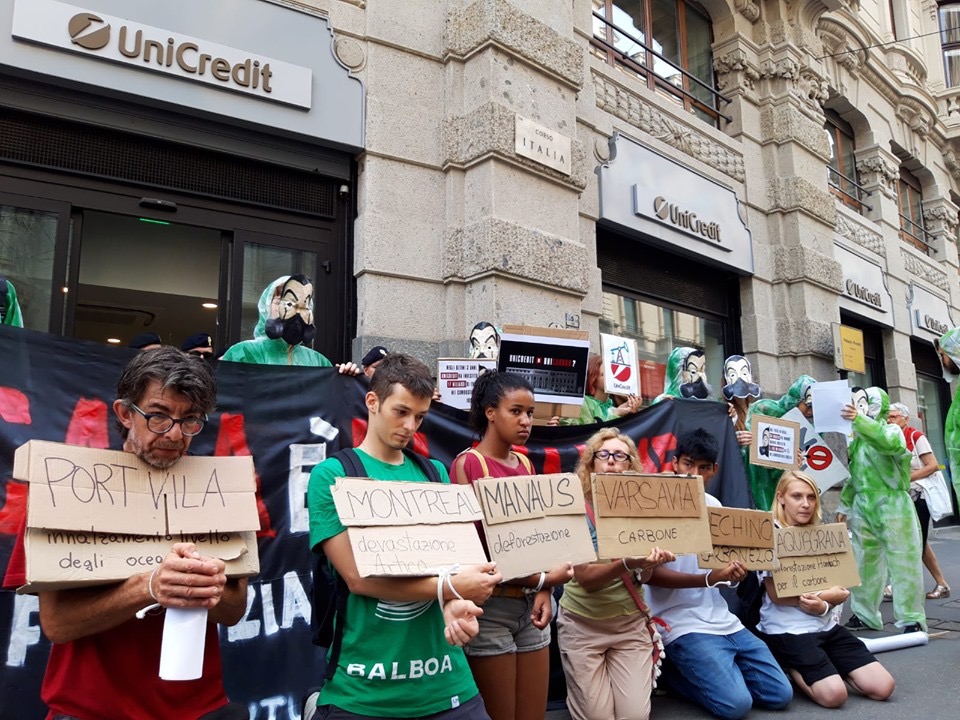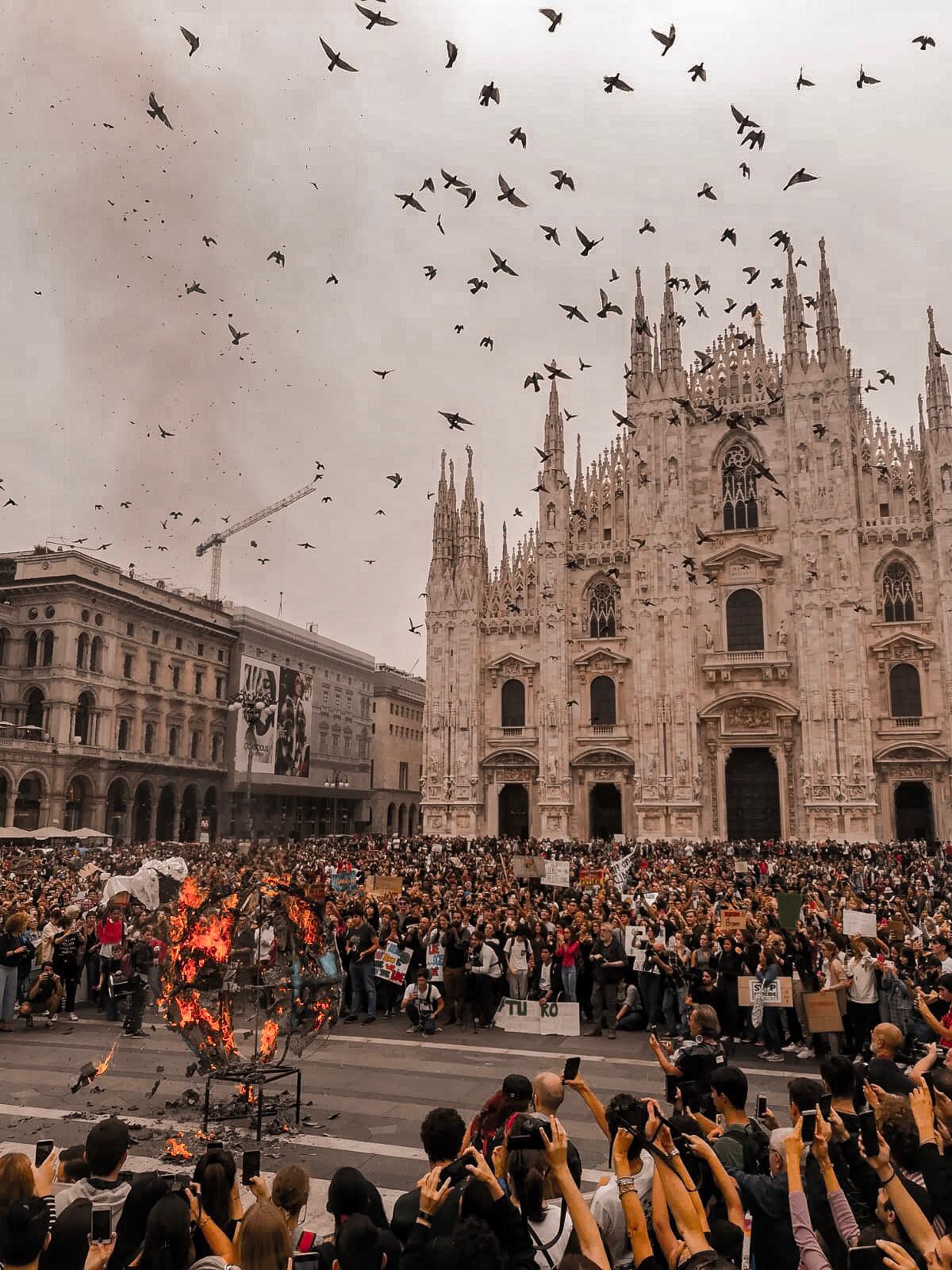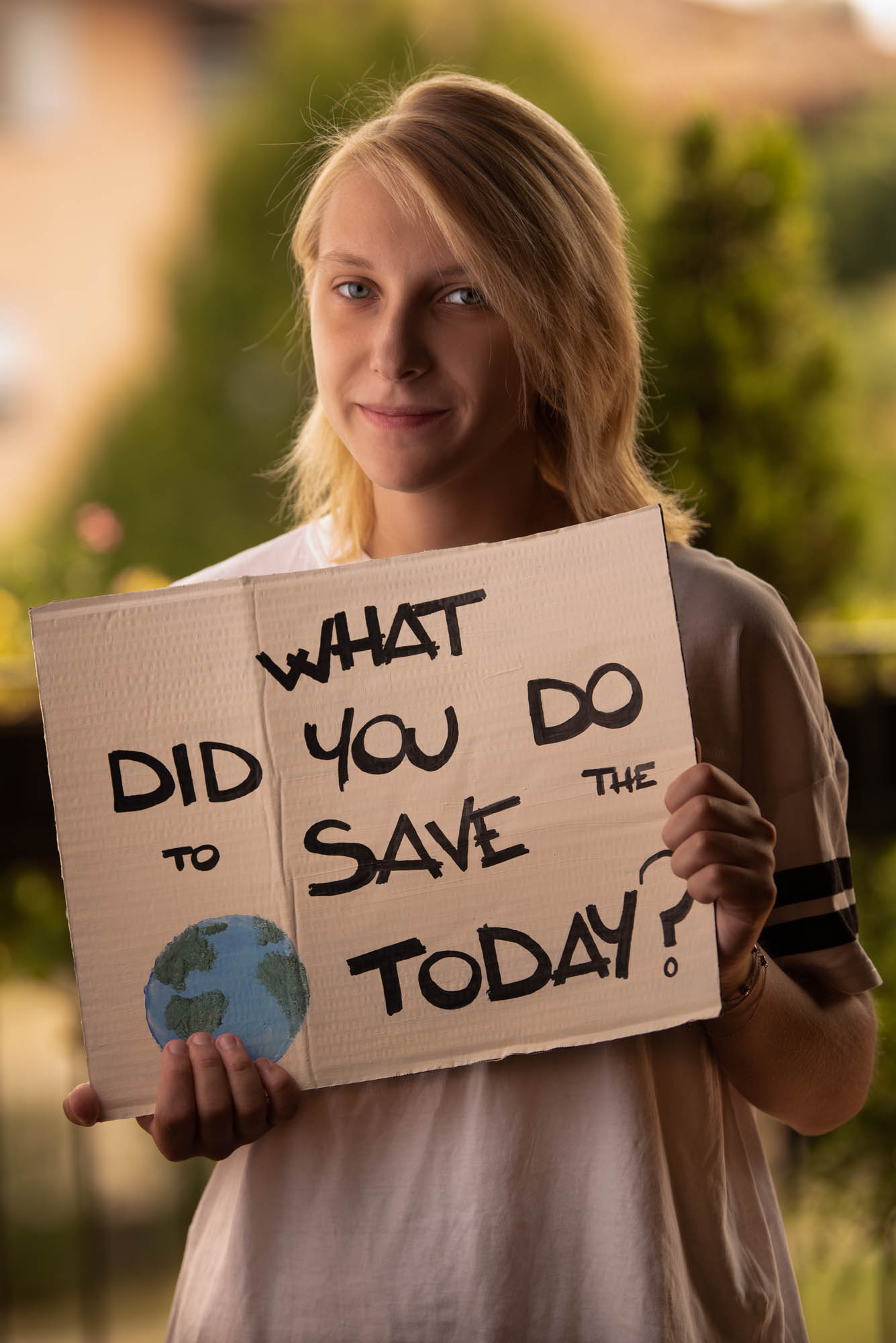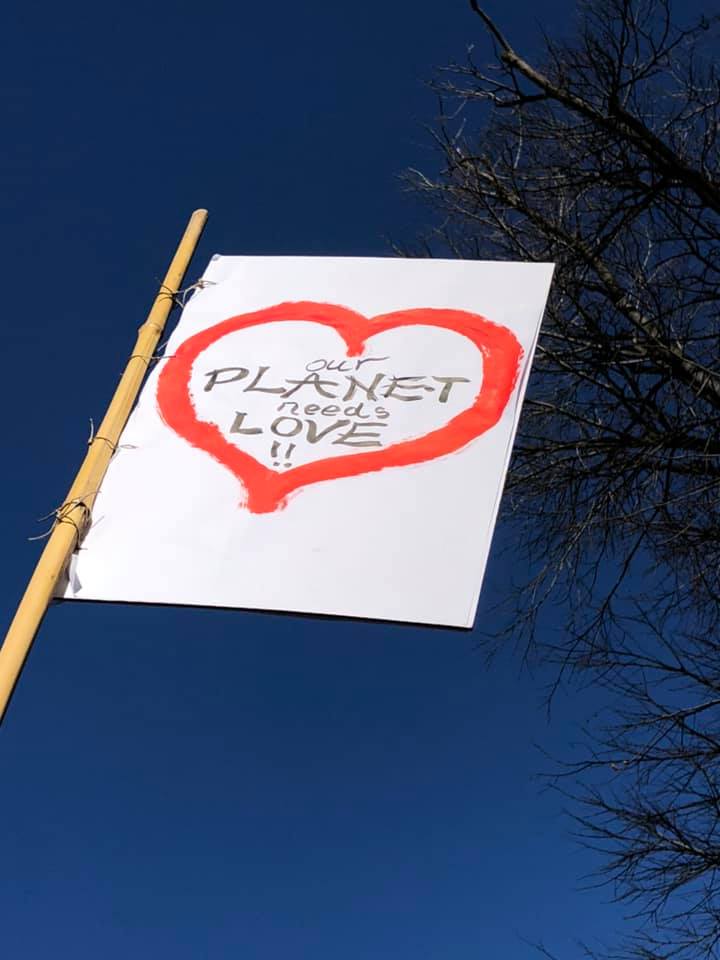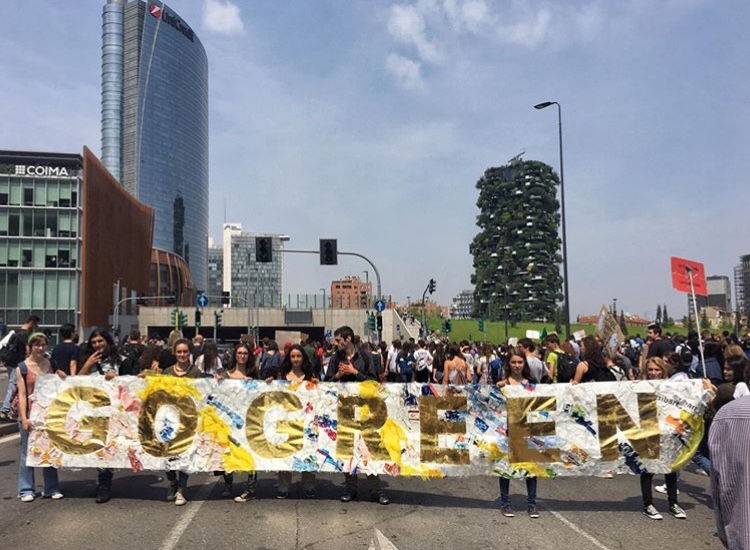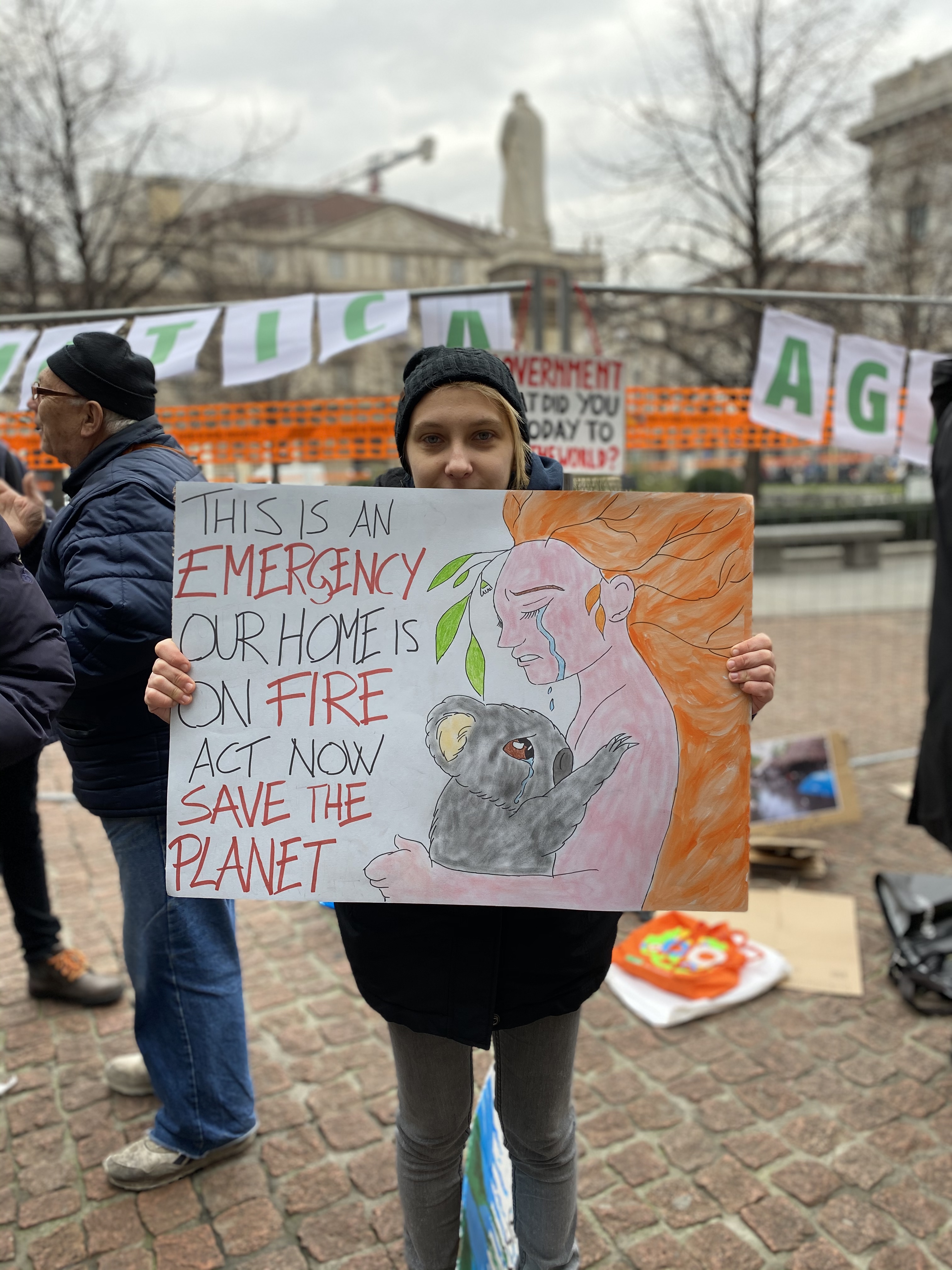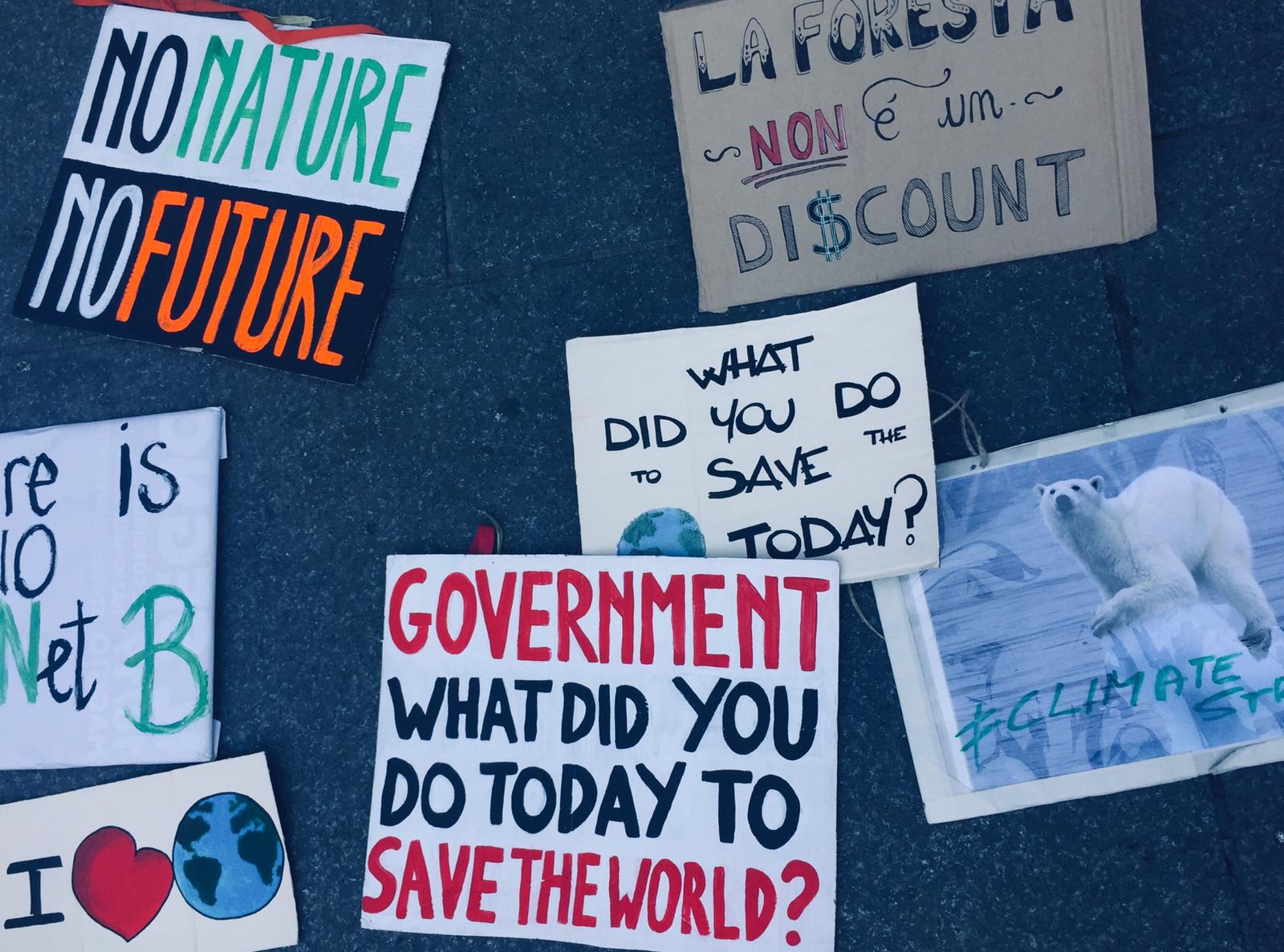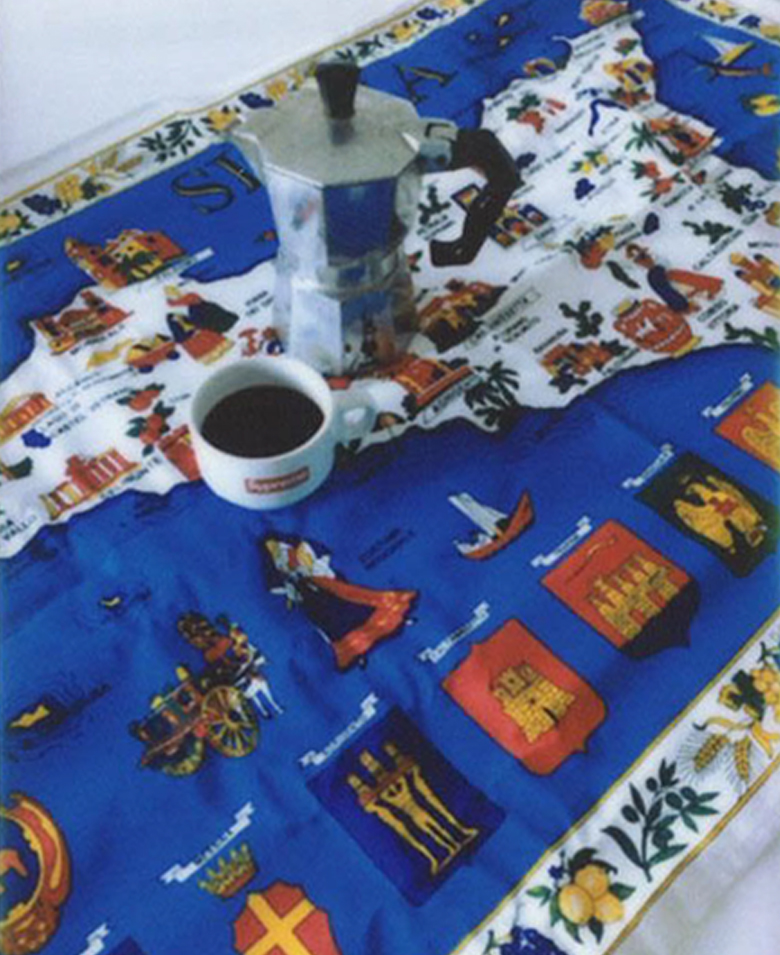#TheBotanicalIssue
Let's talk
CLIMATE CHANGE WARRIORS
// In conversation with Sarah Brizzolara - Fridays for the future Italia
AN INTERVIEW BY NAOMI ACCARDI
It wasn’t long ago when every kind of information outlet was focusing its broadcast and daily digest on the severe decay triggered on Mother Earth by our excessive consuming habits in juxtaposition with poor respect for the environment.
Tragic images of wildfires destroying the ancient, luscious trees of the Amazon Forest in Brazil warmed the heart of millions while the local right-wing head of state Jair Bolsonaro was denying aid funds and, worse, blatantly standing his ground in regards to seeing Climate Change as a global crisis, let alone reality.
Footage of starving polar bears standing on floating ice rafts due to the melting of Arctic peaks flooded social media, pushing angry thousands to reshare and beg for action. Not to mention the shock and anguish generated by a picture of a tortoise whose armor had been shackled and deformed by a plastic can-holder strap, subjecting the majestic creature to endure torture throughout its long life.
Ocean pollution, deforestation and carbon emissions are real problems that might have paved the path and accelerated the spread of COVID-19, the newest scourge affecting our existence and downgrading climate change to second in the scale of world catastrophes. But did we need a global pandemic to become aware of our interaction with the environment and appreciative of fresh, clean air?
To get a clearer picture of how younger generations are taking the matter to heart, I chatted with Sarah Brizzolara, a member of Fridays for Future Italia – the digitally savvy, woke green movement led by sharp-tongued teenager Greta Thunberg.
We spoke about how important environmental education is, and why rallying for awareness is an efficient tool for awareness.
Plus, a few tips on how to support their cause and singularly keep on pushing for nature’s healing after we will be freed from our cages.
*
*
*
Naomi. Tell me about yourself. How are you, where are you from and how long have you been part of Fridays for the Future?
Sarah. My name is Sarah, I am 24 years old and I am from Monza.
I study Contemporary Literature and I have been a member of the movement for just over a year.
Naomi. What pushed you to join and how are you involved?
Sarah. I got interested in FFF because it was heavily discussed online.
One day, walking past Palazzo Marino in Milan, I saw a bunch of people striking and holding signs. I decided to stop by and talk to them and that’s how it started.
Aside from taking part in the strikes, I manage the social media pages of Milan’s group.
Naomi. What is the Italian branch of the movement structured like in Italy? What platforms do members use?
Sarah. It’s a movement sprouting on a local level. Each city has its active members and assembly. In Italy, more than 150 cities strike for the climate each Friday.
Each local group coordinates its activities with the national organization through work-chats on Telegram or meetings held via Zoom.
Naomi. What is the recruitment process like?
Sarah. Fridays for Future is a movement born on social media. We use them to educate people on green subjects.
We don’t necessarily put recruitment campaigns in place because we believe education and awareness is the first step towards inducing people to reconsider their shopping and voting habits. Becoming an activist is a secondary step.
Naomi. How often do you meet? Where and how? How are the strikes organized
Sarah. Usually, we meet once a week for the assembly and then each Friday we meet in the streets for the strike. The weekly rallies are fairly easy to set up as you only need to request a police permit.
For global events, on the other hand, we coordinate with the international group to choose a date and then we work on a local level to implement it and encourage people to participate.
Naomi. What concrete actions is the movement pushing to support change, other than striking and climate change awareness?
Sarah. I believe making people aware is crucial.
Things change because people understand we need it, so they modify their habits and minds.
The awareness around our group has pushed the media and governments to start discussing environmental issues. We pushed many administrations towards planning against climate change.
Naomi. Has the Italian movement come in contact with Greta?
Sarah. Yes, she has participated in a rally in Turin and also a live stream on the Italian account of Friday For Future.
Naomi. How are you facing COVID-19’s issues? How has your practice adapted to keep on supporting the movement while not being able to rally?
Sarah. We have turned our events digital since the emergency started. We created a sort of virtual street asking people to post a picture of themselves holding a sign-carrying a message about climate change. We also meet via Zoom now.
Naomi. How can anyone support your movement?
Sarah. Citizens can support us by following our social platforms, educating themselves and sharing eco-issues with their peers. You can choose what to buy sustainably. Behind the cost of each product, there is an environmental price, most times it also affects the worker’s rights.
You can vote for parties that treat ecological issues seriously and have concrete plans targeted towards climate change.
Lastly, you can take part in our rallies.
Naomi. What informative tools are made available to people outside the movement?
Sarah. We share informative news and facts on our social platforms daily. Furthermore, there are many books about ecological issues.
Naomi. What can we do on our daily to fight climate change?
Sarah. Educate yourself. Awareness plays a key role in understanding ourselves, society and climate change. Become a conscious consumer.
Naomi. How effective do you think your awareness campaign is for older generations?
Sarah. We are fairly lucky in Milan because many adults take part in our initiatives and rallies. However, I do understand we should implement a strategy targeted to older generations with less access to our sources.
Naomi. Are there any other causes Fridays for Future targets, aside from green action
Sarah. We mainly focus on sustainability but it involves all its aspects from financial health to politics.
Naomi. Do you think our current condition will help us change the way we consume, move and interact with nature?
Sarah. I truly hope so. WWF stated that the causes behind COVID-19 were driven by deforestation, wildlife extraction, and traffic, as well as animal markets. I hope that seeing the healing of nature while we are stuck at home will awaken compassion in people and trigger the desire to reevaluate their lifestyle and relationship with nature.
–
Words by Naomi Accardi
Photos courtesy of Fridays for future Italia
For more infos follow @fridaysforfutureitalia
